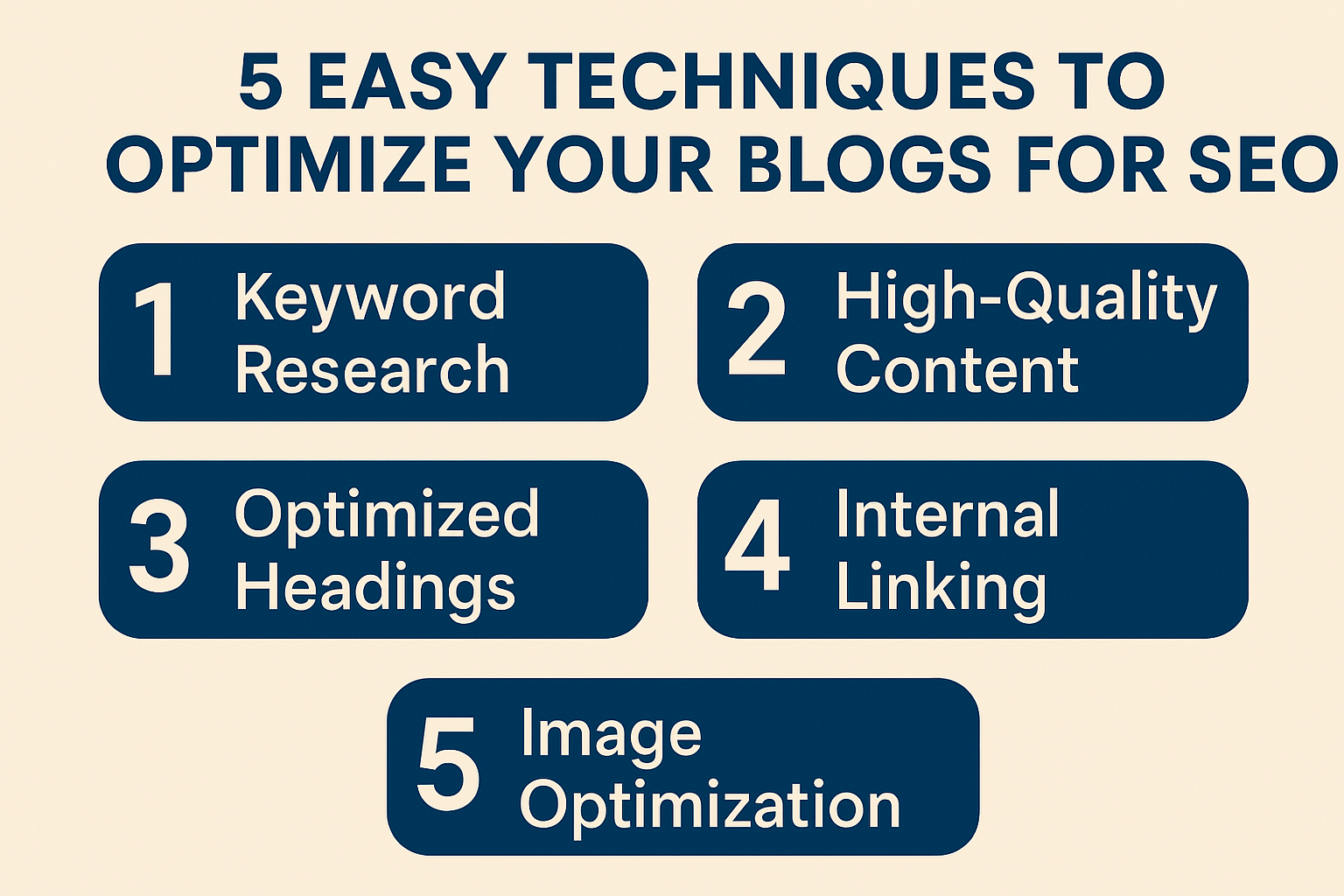Web Design Mistakes You Need To Avoid
Kansas City Web Design
Designing a website for your business is no easy task. It requires you to consider the customer’s expectations, usability, and practicality of the final product. It can be intimidating to think that an important design decision can either make or break your business’ success. That is why it is essential to avoid common web design blunders when designing a website in Kansas City. These mistakes could leave you behind in this highly competitive market without a second chance, whether it’s poor UX design, failing to optimize quickly loading elements, or not considering how users prefer to navigate an interface. Working with an experienced web designer should help prevent your business from making any fatal errors in design. After all, there isn’t one perfect solution to web design – just one perfect solution custom designed for your business and customers!
1. Poorly Organized Content
In today’s digital world, having well-organized content on your website is critical to captivating visitors. Poorly organized content might cause potential customers to click away from your site and never return. Utilizing headings, subheadings, and bullet points is an effective way of helping visitors skim through the content quickly to find relevant information. Additionally, it’s essential to avoid including outdated information on your website – it can negatively influence your search engine rankings and impact the user experience negatively. Therefore, focus on creating easily consumable, organized content for your users so that their journey on your website is smooth and enjoyable.
2. No Search Box
As any website owner knows, having a search box on a website is critical to providing good customer service. Without one, users may be unable to quickly find the content they are looking for, leading to frustration and wasted time. Therefore, if your website does not have a search box, you must add one immediately to ensure visitors have access to relevant content quickly and easily. Including a search box can help streamline the user experience with your website and encourages them to explore more of your site’s offerings.
3. Excessive Creativity
Professional web design is about finding the right balance between creativity and usability. While some may be tempted to add too much imagination to their website, such excessive creativity can often lead to a lack of usability. In this instance, users must remember that they prefer webpages with a consistent theme throughout. This helps them easily identify the needed elements and encourages them to explore more of the website. Hiring an experienced graphic design company in Kansas City is an excellent way for businesses to ensure that their website expresses creativity without sacrificing its effectiveness as a user-friendly platform.
4. Poor Readability
Poor readability can be a significant deterrent to website visitors. If visitors have difficulty accurately assessing the content, your website will likely make a poor impression. Typography, size of type, and legibility should all be considered when designing your website. A balanced approach of using an appropriate typeface that is clear, readable, and suits the organization’s tone of voice will ensure visitors have a more positive experience which could lead to further engagement with the content. To avoid losing valuable users and potential customers, it is essential to adhere to these fundamentals of good readability on your website.
5. Not Optimizing Your Site for Search Engines
One of the most common web design mistakes is not optimizing your site for search engines. Search engine optimization (SEO) is the process of improving the visibility of your website in search engine results pages (SERPs). To rank well in SERPs, your website must be optimized for both on-page and off-page SEO factors.
6. Not Having a Call to Action
A call to action (CTA) is an essential element of any website, yet many fail to include one. A CTA tells visitors what you want them to do next and gives them a way to take action. Without a CTA, visitors may not know what to do on your site or how to contact you if they’re interested in doing business with you. Make sure every page on your website has a clear CTA so visitors always know the next step.
7. Not Creating a Responsive Design
Another common mistake is not creating a responsive design. A responsive design is a web design that allows your website to adapt to the screen size of the device it is being viewed on. This is important because more and more people are using mobile devices to access the internet. If your website is not responsive, it will be difficult for mobile users to view and navigate your site.
8. Using Flash
Using Flash is another common web design mistake. Flash is a type of software that allows you to create animations and interactive content. While Flash can create impressive designs, it is not compatible with all devices and browsers. Additionally, Flash content can take a long time to load, frustrating visitors to your site.
9. Not Using Alt Text
Not using alt text is another mistake that you need to avoid. Alt text is used to describe images on a web page. It is crucial to use alt text because it helps search engines understand what an image is about and helps people with visual impairments understand what it is about.
10. Not Creating Unique Content
Another mistake that you need to avoid is not creating unique content. For your website to rank well in SERPs, you need to have high-quality, unique content relevant to your target keywords. Duplicate content will not only hurt your SEO efforts but will also turn visitors away from your site
When it comes to Kansas City web design, there’s no room for blunders. Creating engaging and attractive content that is free from flaws is imperative to provide an optimal user experience. OHS Publishing designs websites with attention to detail and keeping the user journey in mind at all times is critical for an effective outcome. A good website not only meets the needs of its users but also follows the latest trends to ensure that its design remains relevant, modern, and accessible at all times. Therefore, designing a website entails plenty of research, strategy, technical skills, and know-how.












